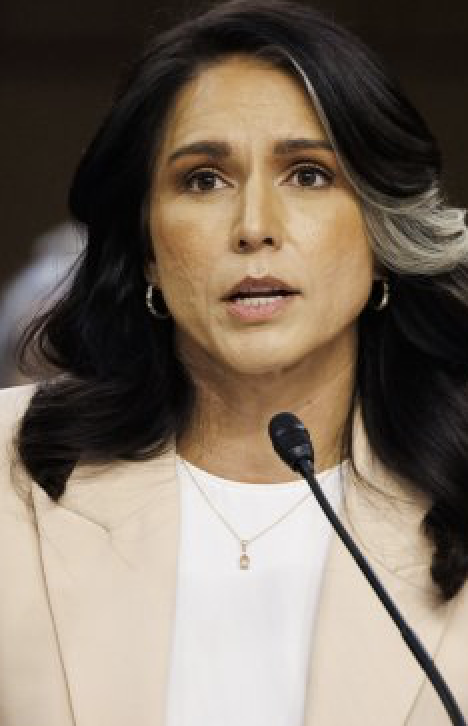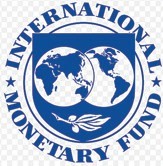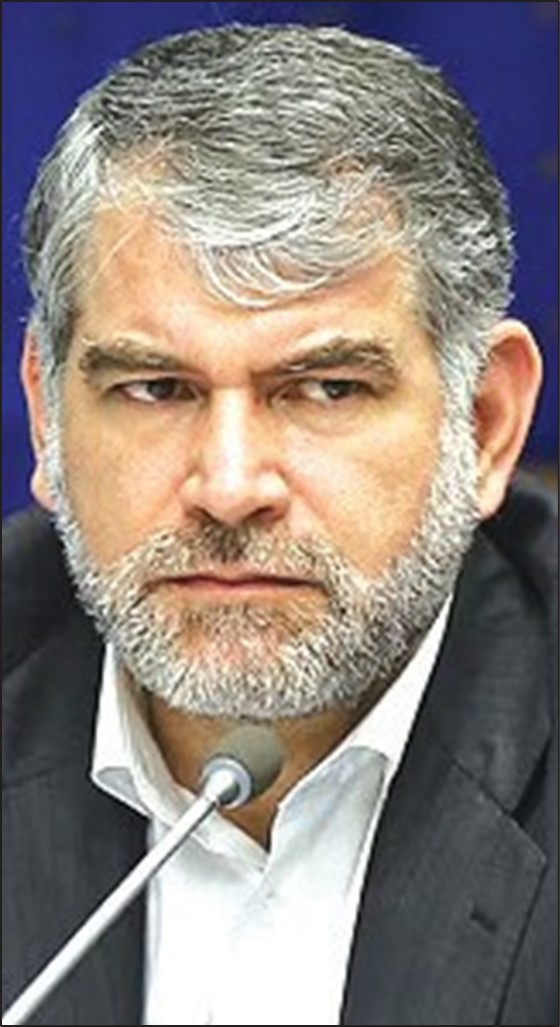Manouchehr Mottaki without explanation Monday.
Mottaki was replaced—perhaps just on an interim basis but possibly permanently—by Ali-Akbar Salehi, the head of Iran’s Atomic Energy Organization.
Ahmadi-nejad issued a polite letter thanking Mottaki for his services and wishing him well. “I appreciate your diligence and services as foreign minister,” the letter said. But no one pretended Mottaki was leaving the job by his choice.
The firing appeared precipitate as Mottaki was in Senegal meeting with the president of that African state when he was dismissed. Many analysts shook their head at that weird timing, which made Iran look professionally inept if not downright unstable. Ahmadi-nejad could have waited 24 hours until Mottaki got back home.
In fact, the timing of the firing produced a great deal of criticism of Ahmadi-nejad in Tehran. Many commentators said Ahmadi-nejad had gone out of his way to gratuitously insult Mottaki by firing him while he was abroad. Even many critics of Mottaki took offense at the way he was dismissed. Some critics saw the president’s precipitate action as once more making Iran look small-minded before the world.
The ultra-hardline daily Kayhan, normally no stickler for niceties, said Ahmadi-nejad should have waited for Mottaki’s return. It called the method of the firing an “open insult.”
The oddity of the way Mottaki was sacked clearly added fuel to the fire many Ahmadi-nejad critics are trying to build to get rid of him.
But the key question was why Mottaki was fired.
Some commentators attributed the firing to a dispute between the two men over the nuclear talks that resumed last week. But the Foreign Ministry has never handled the nuclear issue; that has been in the hands of the Supreme National Security Council and its secretary going back to the presidency of Mohammad Khatami, long before Mottaki became foreign minister.
As a practical matter, the nuclear issue and relations with the United States are tightly controlled by the Supreme Leader. That leaves the Foreign Ministry to handle lesser foreign policy issues.
Others attributed the dismissal to Mottaki’s alleged closeness to Majlis Speaker Ali Larijani, who has long clashed with the president. Frictions between the two men appear to be mounting with several members of the Majlis calling for Ahmadi-nejad’s impeachment.
Still others said Mottaki and the president have had a testy relationship over the last few months since Ahmadi-nejad named a half-dozen friends to serve as his personal envoys to all the major regions of the world. Mottaki openly opposed that move as gutting the Foreign Ministry. Mottaki reportedly went to Supreme Leader Ali Khamenehi to complain. Whether that is true or not, Khamenehi did intervene and over-ruled Ahmadi-nejad, saying he could not name people outside the Foreign Ministry to handle foreign policy matters. Ahmadi-nejad quickly retreated and renamed the appointees as “advisers” on foreign policy.
Most commentators in Iran saw that clash between Mottaki and Ahmadi-nejad as the key to Mottaki’s firing. However, the firing while the foreign minister was on official business in a foreign country suggested some very recent development provoked the actual firing Monday.
Some analysts saw a broader political meaning in the firing. The daily Ebtekar said Mottaki, who had supported Ali Larijani in the 2005 presidential elections that Ahmadi-nejad won, was the sole traditional conservative left in the cabinet. With his removal, the radical conservatives that orbit around Ahmadi-nejad now will have the whole cabinet in hand. Massoumeh Torfeh of London’s School of Oriental and African Studies agreed, saying, “Mottaki was the one and only man [in the cabinet] who didn’t belong to Ahmadi-nejad’s group.”
Mottaki, 57, was elected to the first Majlis after the revolution from his hometown of Bandar-e Gaz on the Caspian. In his sole Majlis term, he chaired the National Security and Foreign Policy Committee. On leaving the Majlis in 1984, he joined the Foreign Ministry and worked there a quarter-century until his sacking. He held a variety of posts, including ambassador to Turkey and Japan.
Mottaki was named foreign minister when Ahmadi-nejad became president in August 2005. In August 2009, when Ahmadi-nejad began his second term, he kept only five of the 21 ministers in their same posts, Mottaki among them. That did not suggest any displeasure at that time.
Salehi was named to serve as interim foreign minister, the president’s office announced. But many said Salehi was expected to get the permanent appointment. If he does, the oddity will be that he will be removed from the nuclear portfolio, with which he has long been linked. He is a physicist and has limited experience in foreign policy beyond the nuclear issue, which, admittedly is Iran’s most important foreign policy issue.
Salehi, 61, holds a BS degree from the American University of Beirut and got his doctorate in 1977 from the Department of Nuclear Engineering at the Massachusetts Institute of Technology (MIT).
Salehi served as chancellor of Sharif University of Technology for several years. He became Iran’s ambassador to the International Atomic Energy Agency (IAEA) in 1997, a post he held until 2005. Ahmadi-nejad named him a vice president and chief of Iran’s Atomic Energy Organization in July 2009.






















